The placentation in argemone flower is correctly displayed by which one of the below diagrams?
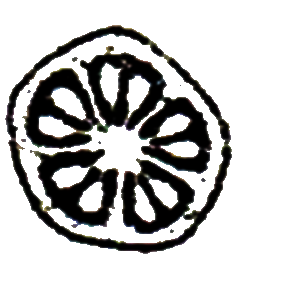
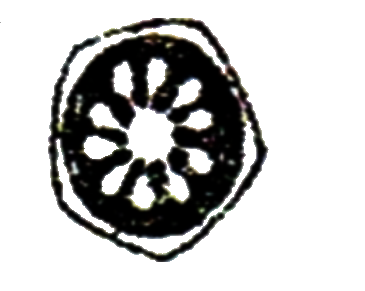
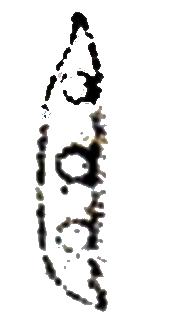
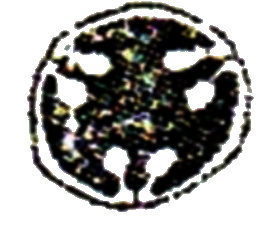
The correct Answer is:B
To determine the correct placentation in the Argemone flower, we need to understand the types of placentation and identify which one corresponds to Argemone.
1. Understanding Placentation: Placentation refers to the arrangement of ovules within the ovary of a flower. There are several types of placentation, including marginal, axial, parietal, and free central.
2. Identifying Types of Placentation:
- Marginal Placentation: The placenta forms a ridge along the ventral suture of the ovary, with ovules attached along this ridge. This type is seen in plants like peas.
- Axial Placentation: The placenta is located centrally, and the ovary is divided into loculi (compartments). This type is found in tomatoes and citrus fruits.
- Parietal Placentation: The ovules are attached to the sides of the ovary, and the placenta is in the center. In some cases, a false septum (replum) may divide the ovary. This type is characteristic of Argemone and mustard.
- Free Central Placentation: The placenta is in the center of the ovary, and ovules are attached to it freely. This type is observed in dianthus and primrose.
3. Identifying the Correct Diagram: Since Argemone exhibits parietal placentation, we need to look for a diagram that shows ovules attached to the sides of the ovary with a central placenta.
4. Conclusion: The correct diagram that represents the placentation in Argemone is the one that illustrates parietal placentation. Thus, the answer is option number 4.
Final Answer:
The correct answer is option number 4, which displays parietal placentation as seen in Argemone.
- Marginal Placentation: The placenta forms a ridge along the ventral suture of the ovary, with ovules attached along this ridge. This type is seen in plants like peas.
- Axial Placentation: The placenta is located centrally, and the ovary is divided into loculi (compartments). This type is found in tomatoes and citrus fruits.
- Parietal Placentation: The ovules are attached to the sides of the ovary, and the placenta is in the center. In some cases, a false septum (replum) may divide the ovary. This type is characteristic of Argemone and mustard.
- Free Central Placentation: The placenta is in the center of the ovary, and ovules are attached to it freely. This type is observed in dianthus and primrose.
The correct answer is option number 4, which displays parietal placentation as seen in Argemone.
Similar Questions
Placentation found in argemone is
View SolutionPlacentation of Pea flower is
View SolutionWhich is correctly labelled with respect to the given diagram ?
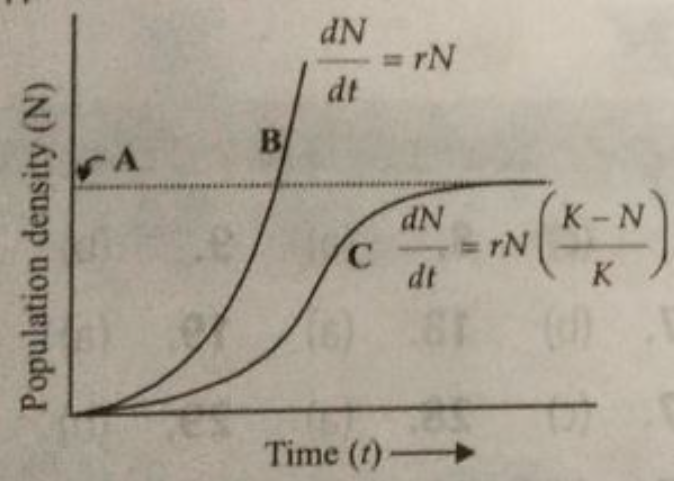
View SolutionWhich one following is correctly matched.
View SolutionWhich one is correctly matched
View SolutionWhich one is correctly matched
View SolutionWhich one is correctly matched
View SolutionWhich one is correctly mathced
View SolutionWhich one is correctly matched ?
View SolutionWhich one is correctly matched ?
View Solution
